Why You’ll Love This Recipe
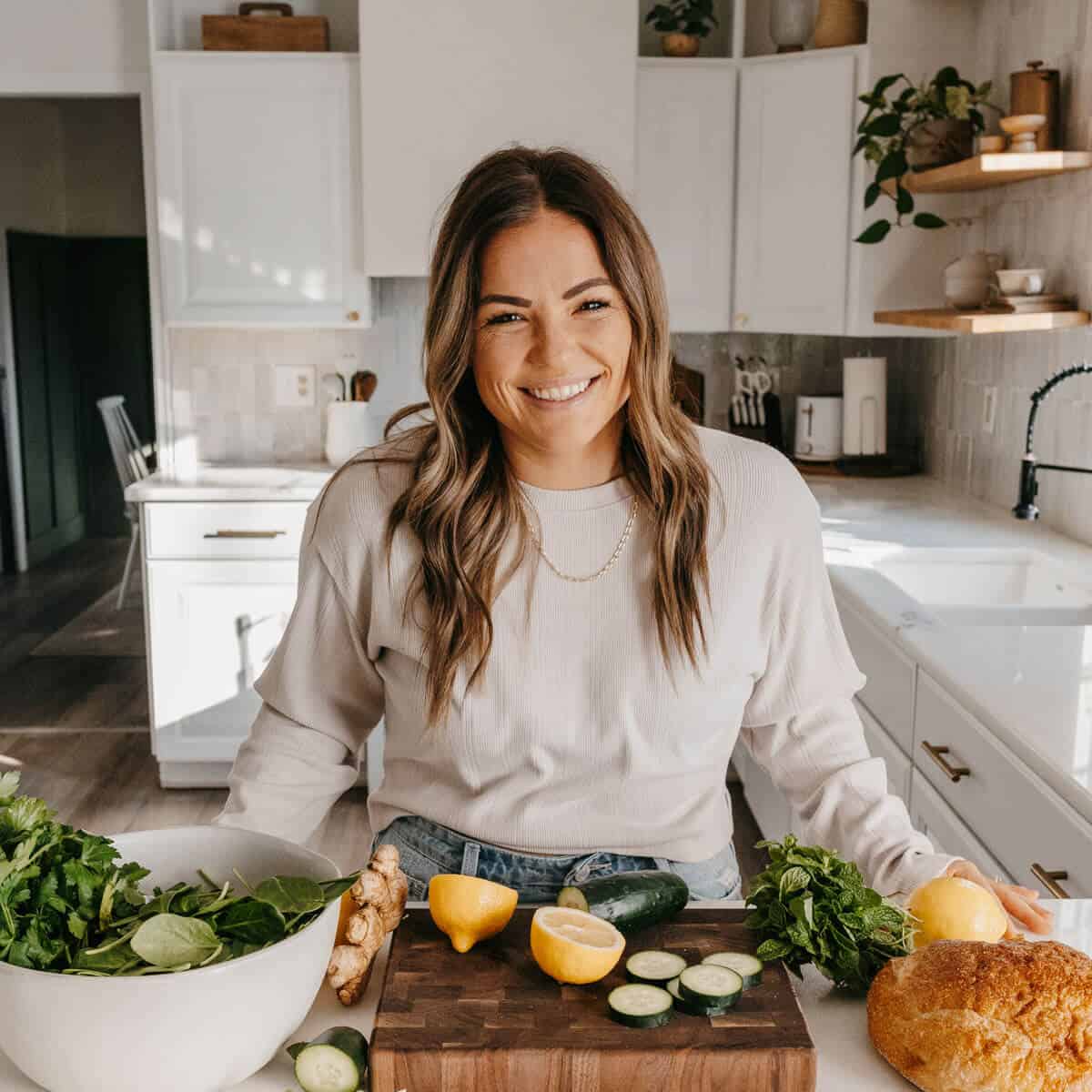
This salmon pesto pasta recipe is the perfect balance of indulgence and nutrition. The fresh, wild-caught salmon is pan-seared to perfection, locking in moisture and building flavor. The creamy pesto sauce—made in just minutes with store-bought pesto or a quick blitz in your food processor—clings to every bite of pasta for a luxurious finish.
It’s endlessly customizable. Go gluten-free with your favorite short cut pasta, use dairy-free pesto with coconut cream, or toss in cherry tomatoes or spinach instead of asparagus. This dish doesn’t just work for everyone—it wows everyone.
Plus, it’s packed with simple ingredients that deliver bold results. High in healthy fats, full of protein, and finished with a hint of lemon for brightness, this pasta dish proves that a restaurant-quality meal at home doesn’t need to be complicated. If you love rich, weeknight-friendly pasta recipes, don’t miss this Buffalo Chicken Pasta next!
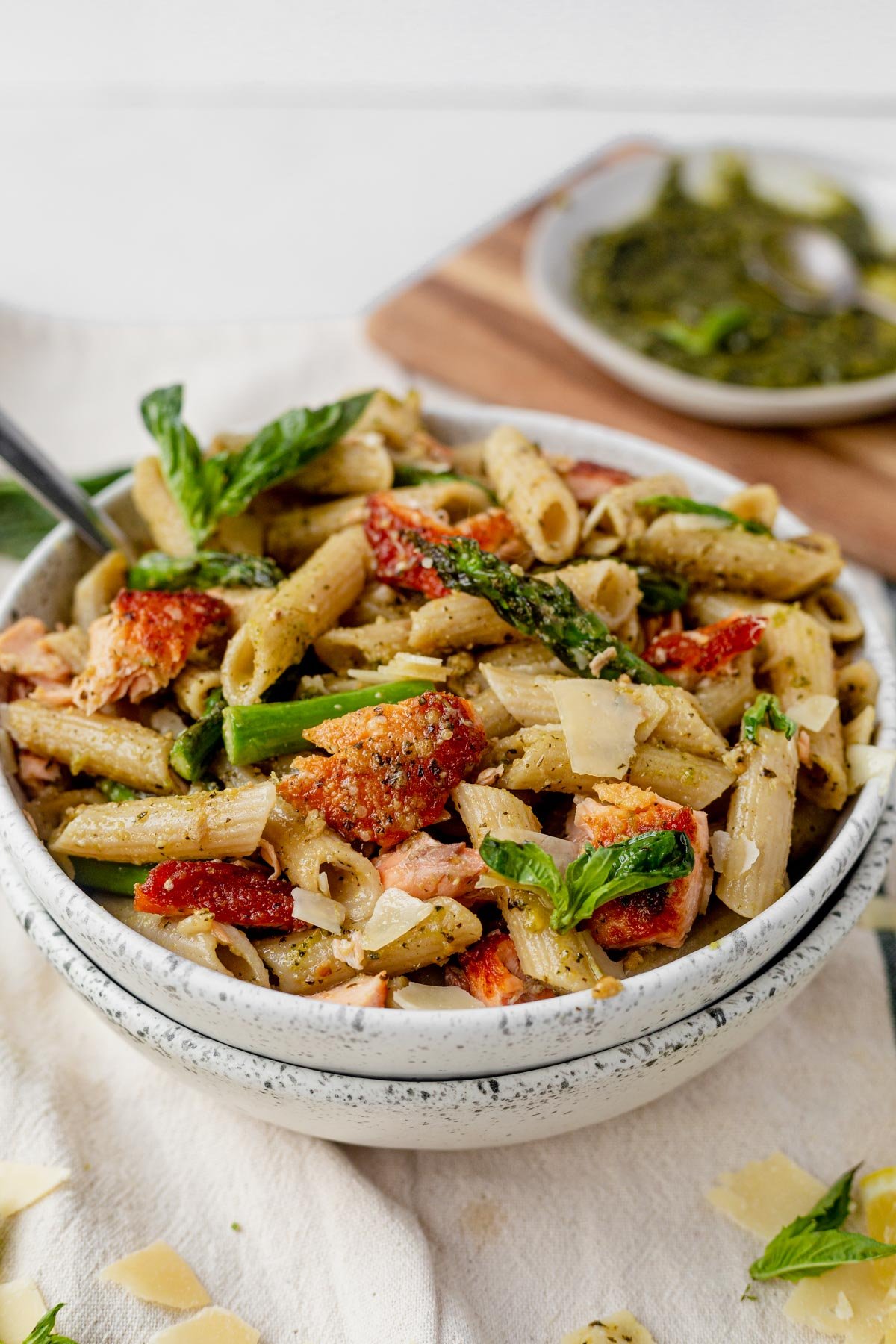
Table of Contents
Ingredients You’ll Need
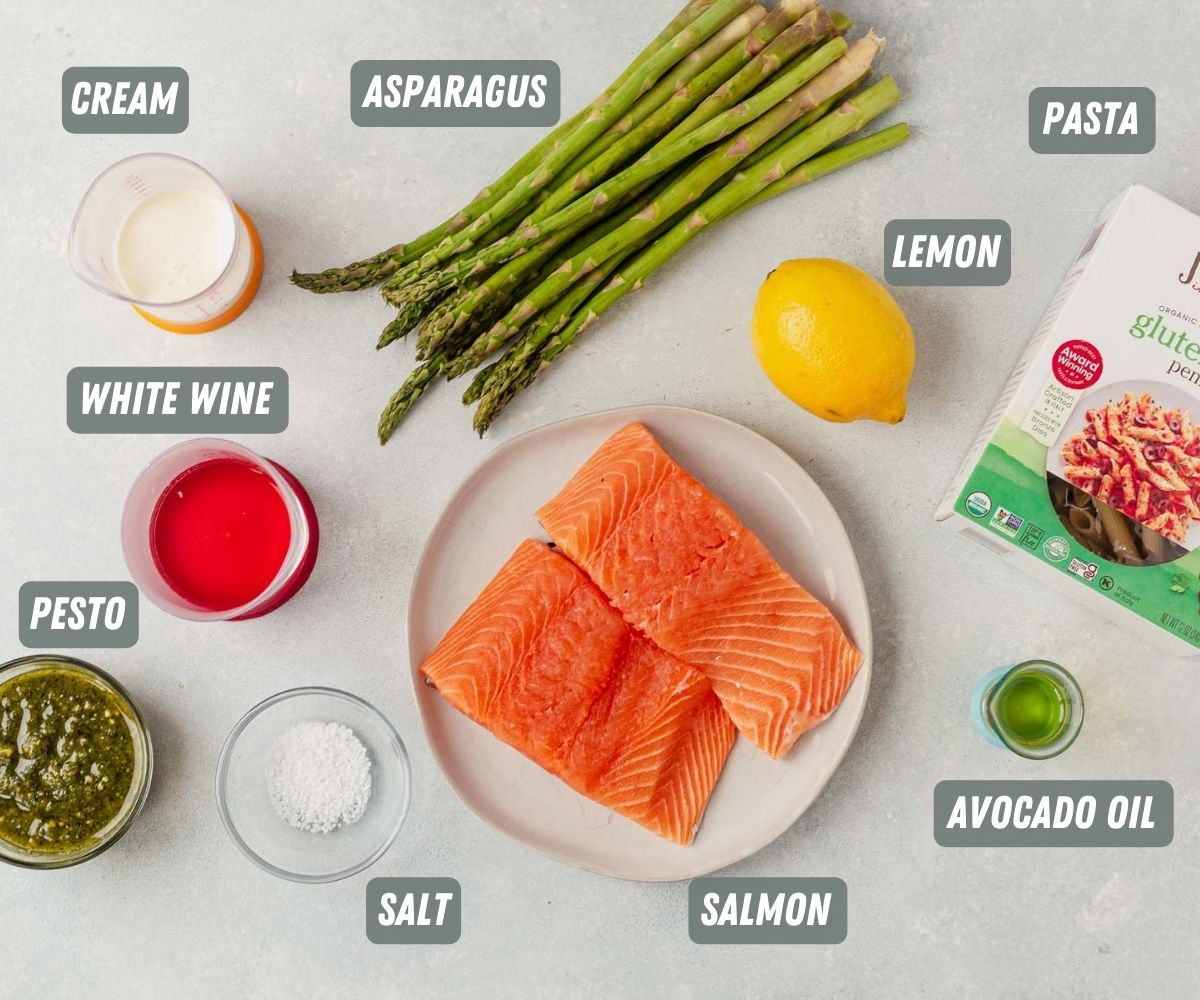
- Short Cut Pasta: Penne or fusilli work great—especially gluten-free varieties like Jovial. They hold onto the creamy pesto sauce beautifully.
- Salmon Fillets: Fresh, wild-caught fillets offer the best flavor. Remove the skin if preferred.
- Avocado Oil or Butter: Both create a high-heat sear for golden, crispy salmon.
- Kosher Salt: For seasoning the salmon and pasta water.
- Dry White Wine or Reserved Pasta Water: Pinot Grigio is a great option for deglazing and building flavor in the sauce.
- Basil Pesto: Use homemade pesto from your food processor or quality store-bought pesto (we love Trader Joe’s).
- Cream: Heavy cream adds richness; swap for the thick, full-fat portion of canned coconut cream to keep it dairy-free.
- Lemon Juice: A hint of lemon brightens and balances the richness of the sauce.
- Asparagus: Asparagus: Adds crunch and freshness to balance the creamy sauce.
- Toppings: Fresh basil leaves, grated Parmesan, cracked black pepper, and red pepper flakes.
Recipe Variations
- Gluten-Free: Use certified gluten-free short cut pasta like Jovial.
- Dairy-Free: Sub coconut cream for heavy cream and skip Parmesan or use a dairy-free alternative.
- Vegetable Swaps: Try spinach, kale, or cherry tomatoes in place of asparagus.
How to Make Salmon Pesto Pasta
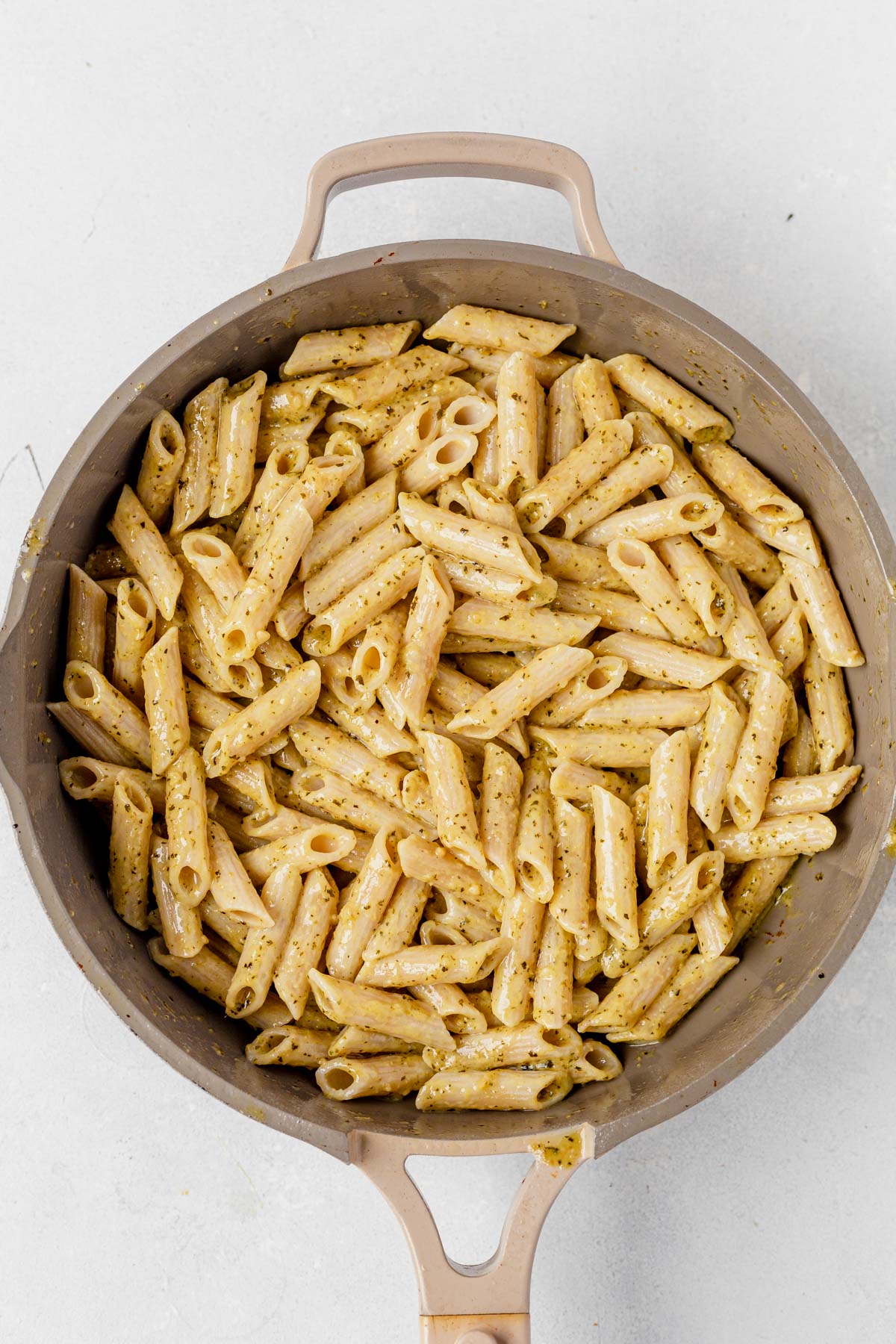
Step 1: Bring a large pot of salted water to a boil. Cook the pasta al dente according to the package. Reserve 1 cup of starchy pasta water, then drain and set aside.
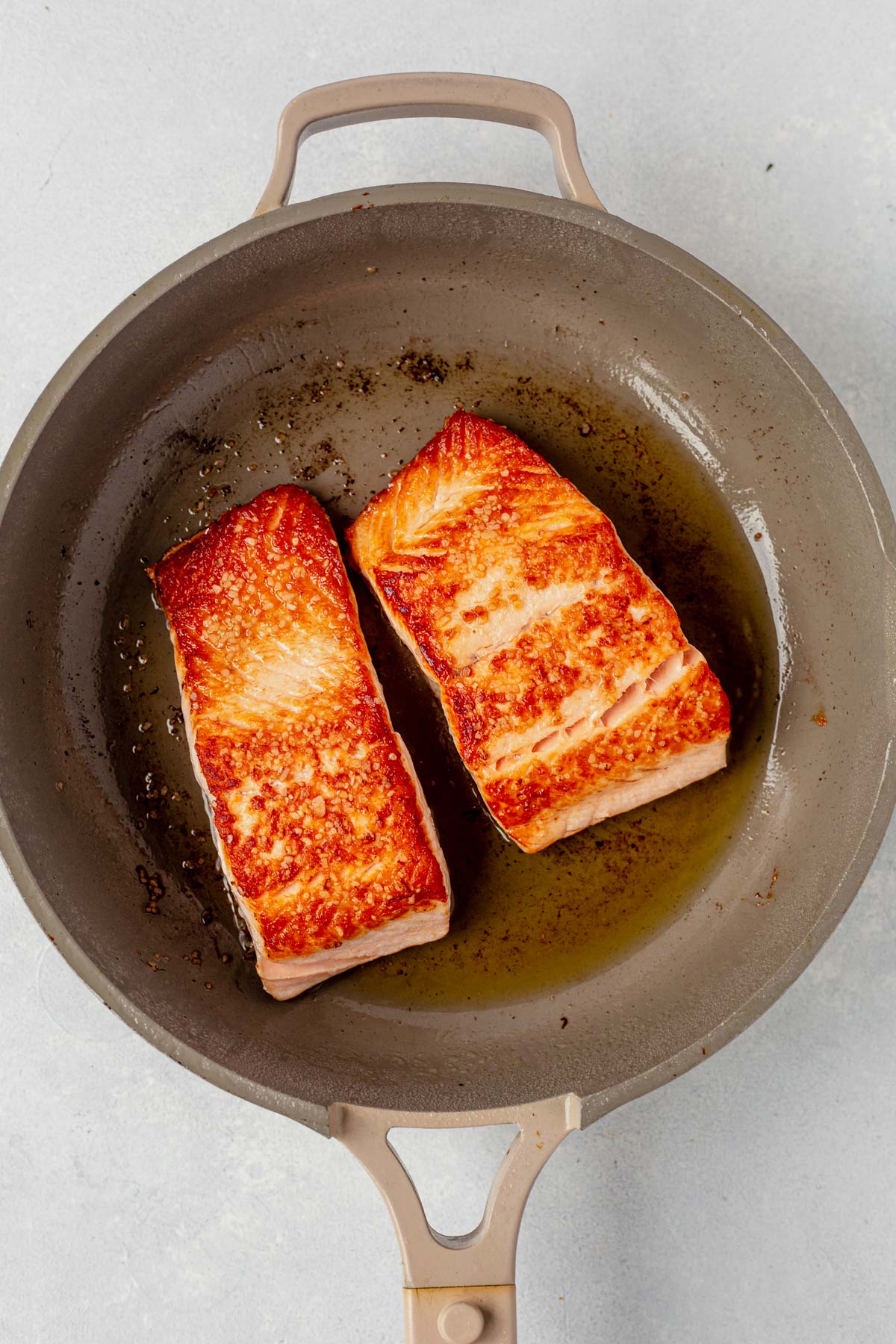
Step 2: Pat the salmon dry with a paper towel and season both sides with kosher salt. In a deep stainless steel or cast iron skillet, heat avocado oil over medium-high heat. Sear salmon, flesh-side down, for 3–4 minutes until a golden crust forms. Flip and cook 2–3 minutes more, until the internal temperature reaches 125°–130°F. Transfer to a plate to rest.
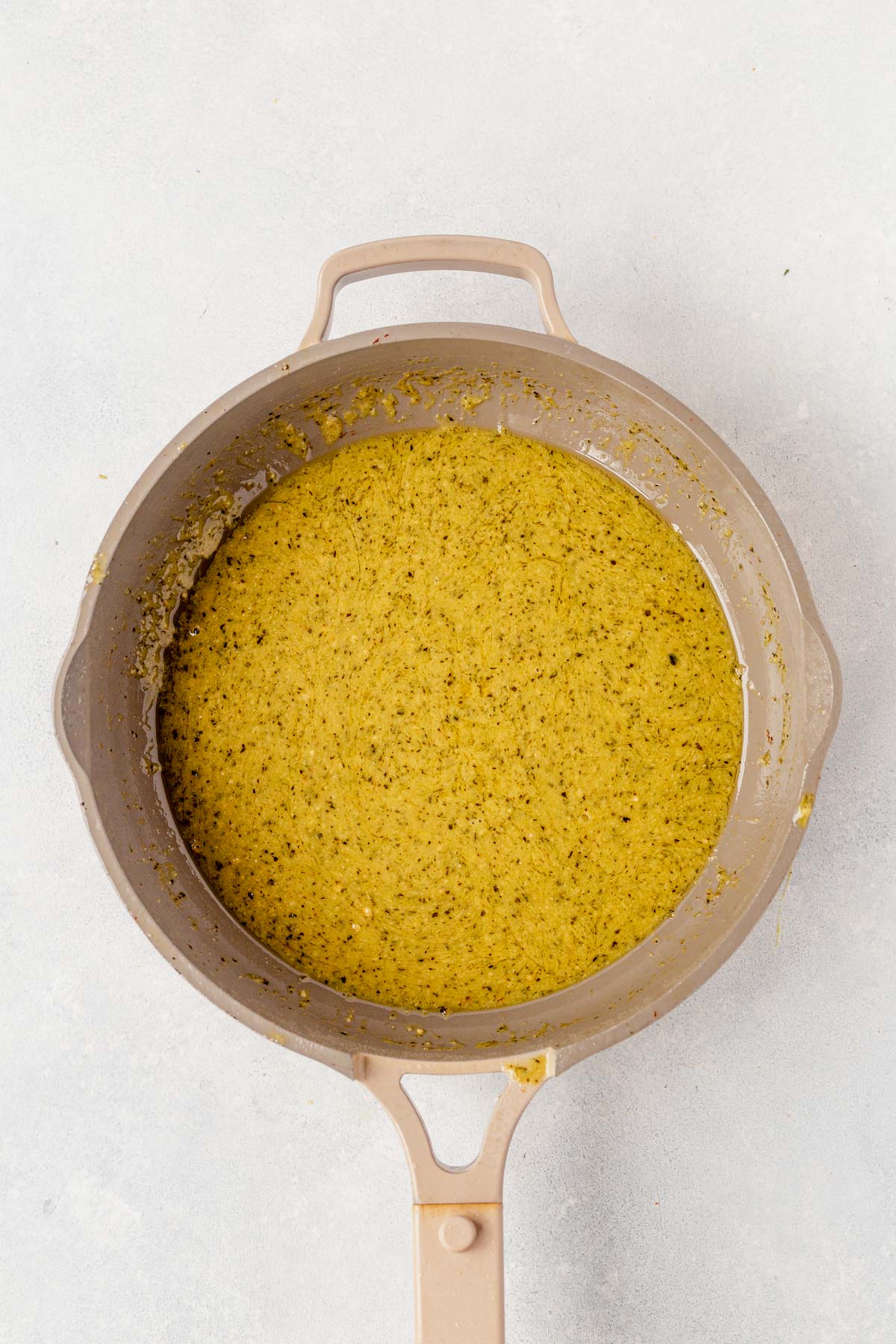
Step 3: In the same skillet, pour in the white wine or reserved pasta water, scraping up any browned bits from the pan. Add the pesto and simmer for 1–2 minutes. Whisk in the cream and lemon juice. Let it thicken over medium heat for 5–6 minutes into a creamy pesto sauce.
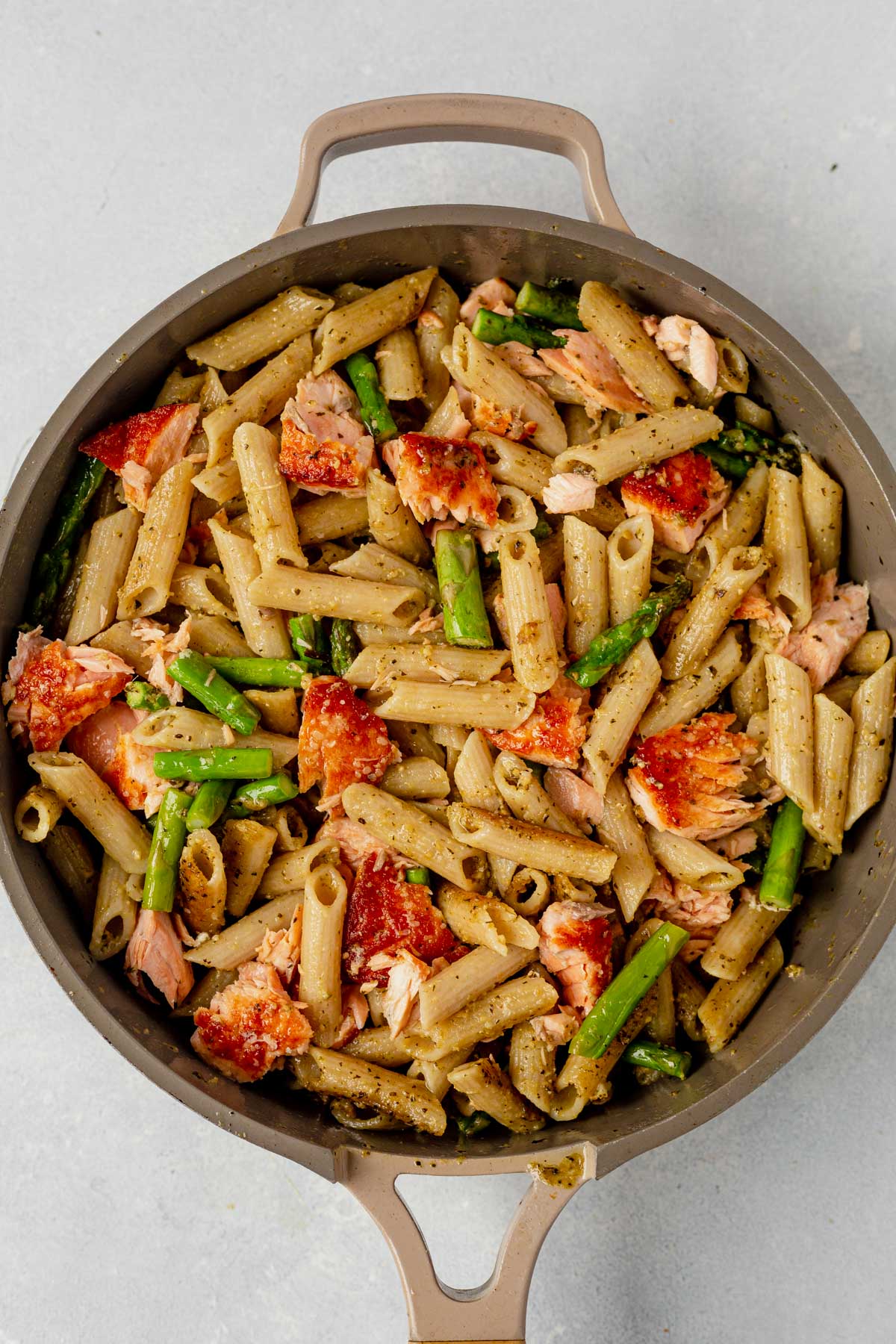
Step 4: Toss in the cooked pasta, stirring gently to coat. Place the asparagus on top of the pasta in the skillet, cover the pan, and steam for 3–4 minutes until just tender. Flake the salmon into bite-sized chunks, fold gently into the pasta, and serve hot with Parmesan, basil, and cracked pepper.
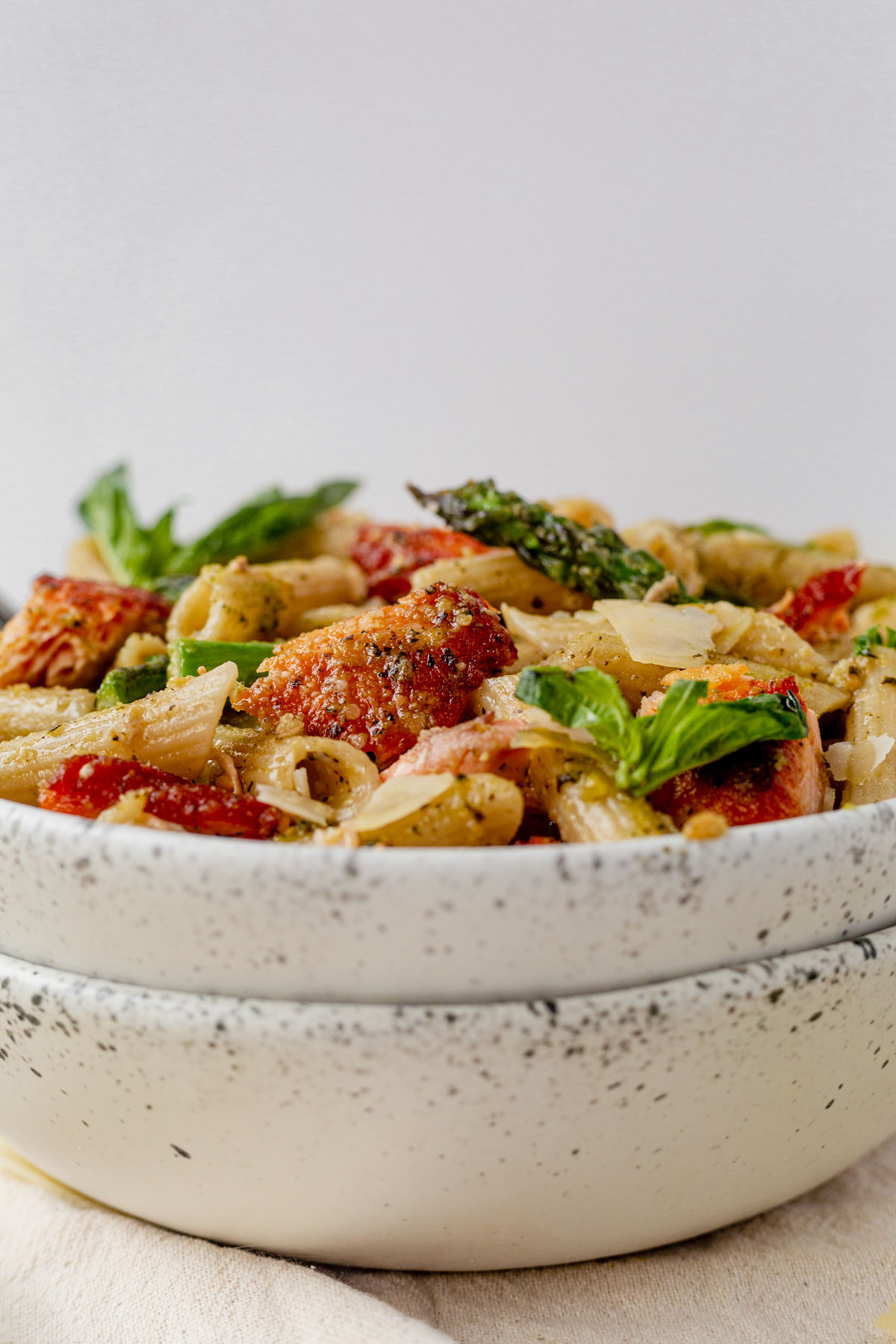
Storage + Reheating Tips
- Store leftovers in an airtight container in the fridge for up to 2 days.
- Reheat gently in a skillet with a splash of pasta water to keep the sauce creamy.
- Avoid microwaving for too long—this can dry out the salmon.
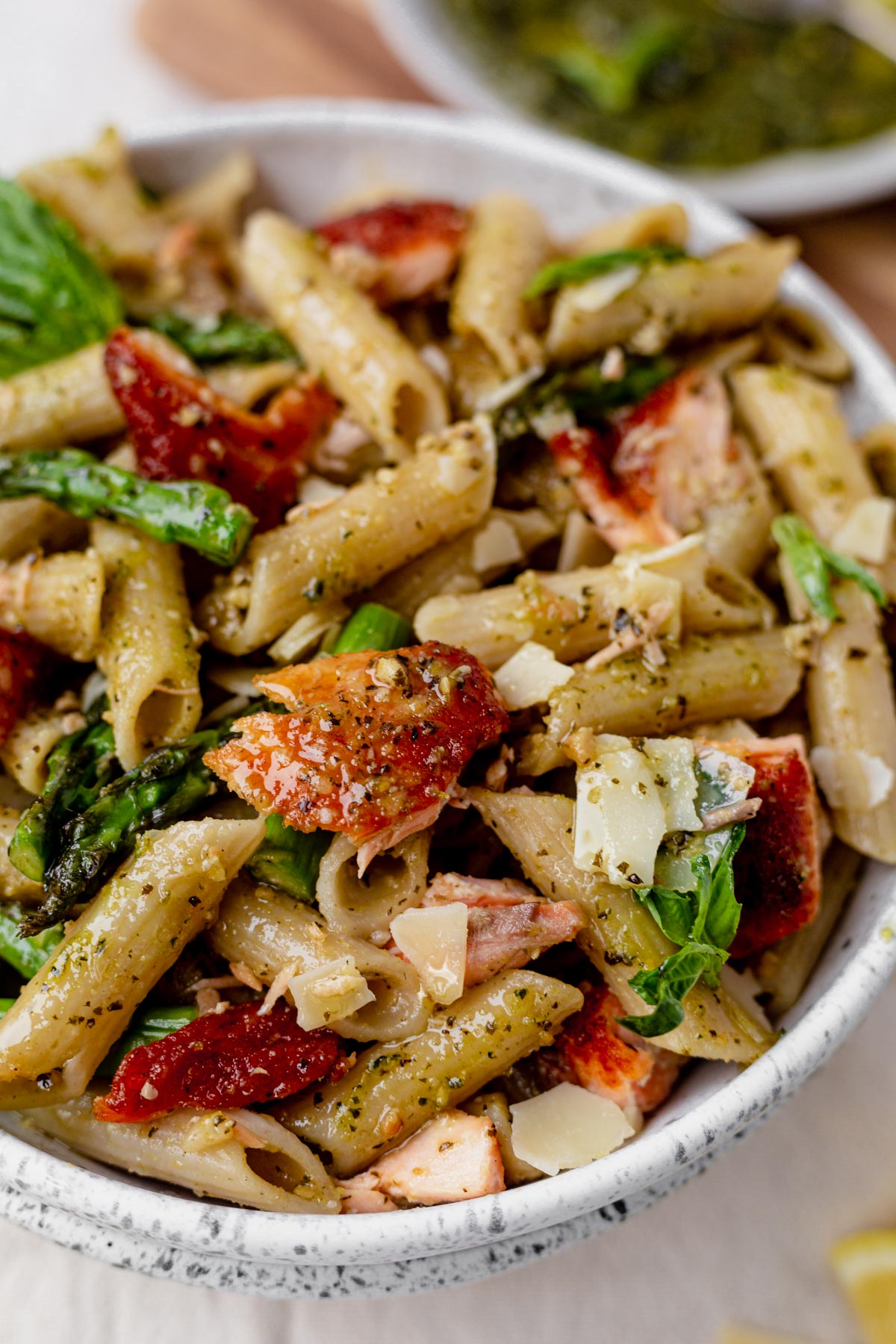
Recipe FAQs
Yes! A good-quality jar of store-bought pesto works perfectly. Look for a version with minimal additives and rich basil flavor.
Absolutely. Fresh spinach, sautéed mushrooms, or blistered cherry tomatoes are all great swaps.
If using store-bought pesto, drain any excess oil on top. Pan-sear the salmon with minimal oil and emulsify the sauce using pasta water.
Use an instant-read thermometer: 125°F for medium, 140°F for well-done. The salmon should flake easily with a fork and remain slightly translucent in the center.
Yes! You can prep the pesto, chop asparagus, and even sear the salmon ahead. Store each part separately and toss together before serving.
This Salmon Pesto Pasta delivers big flavor fast. With flaky seared salmon, vibrant basil pesto, and a rich, creamy sauce, it’s a recipe you’ll want on repeat. Whether you’re gluten-free, dairy-free, or just craving something cozy and fresh, this one’s for you.
We tested this with both homemade and store-bought pesto—I’d love to hear what worked for you! Let me know in the comments or tag me when you make it! And if you love this recipe, try it with our Blackened Salmon for even more bold flavor.
More Pasta Recipes
If you make this recipe, I’d love for you to give it a star rating ★ below. You can also tag me on Instagram so I can see it!
Seared Salmon and Pesto Pasta Recipe
Save this Recipe!
Ingredients
- 12 ounces short cut pasta (I used Gluten Free penne)
- 1 lb fresh salmon filets set out at room temp for 20 minutes
- 2 tablespoons of avocado oil or butter
- 1 teaspoon kosher salt
- 1/3 cup pasta cooking water or dry white wine
- 1/2 cup pesto I used my dairy free homemade pesto or use your favorite store bought
- 1/4 cup coconut cream or heavy cream
- 1 teaspoon fresh lemon juice
- 1 lb asparagus woody ends trimmed and cut into 2 inch pieces
- parmesan cheese or basil for topping
Instructions
Cook the pasta
- If you haven’t already, allow the salmon to rest at room temp for about 20 minutes. This tempers the salmon so cold salmon from the fridge doesn’t reduce the heat in the pan. You can skip this step if you’re short on time, but it helps the salmon cook evenly.
- Cook pasta according to package directions.
Sear the salmon
- Season the flesh side of the salmon with kosher salt and pepper. If the skin is already removed you can season both sides.
- Add the oil or butter to a deep skillet over medium-high heat. Allow it to get hot until the oil is rippling. You’ll know it’s ready when a splash of water dances and sizzles on the surface of the pan.
- Add the salmon, flesh-side down, and sear for 5 minutes, without moving. You can check occasionally to see if it’s browning. Flip the salmon over and cook for another 1-2 minutes or until the internal temperature of the salmon reaches about 125°F and the salmon begins to flake. Cook time may vary based on thickness of your salmon. Transfer the cooked salmon to a clean plate. The salmon will continue to cook slightly after removing it from the heat and will cook a bit more in the pasta.
Make the sauce
- Pour 1/3 cup of the pasta cooking water or dry white wine to the pan where the salmon is cooked, scraping any brown bits off the bottom of the pan. Stir in the pesto and allow it to simmer over medium heat then add the cream and lemon juice and stir to combine. Simmer the sauce over medium-low heat to warm and thicken for 5-6 minutes.
- While it’s simmering, remove any skin from the salmon and use a spoon or fork to break up the salmon into chunks.
- Add the cooked pasta to the sauce and toss gently to coat the pasta with the sauce. Top the pasta with the raw asparagus then close the lid or cover the pan with a plate for 3-4 minutes to steam the asparagus over medium heat. Open the lid and stir to combine.
- Top the pasta with the cooked salmon and toss gently to coat the salmon with the creamy pesto sauce. Serve
- Toss well to combine before serving with parmesan cheese and fresh basil.
Notes
- Make-ahead: make homemade pesto and chop the asparagus in advance to save time. You could also sear the salmon in advance and keep it in the fridge overnight. It will warm back up when it’s tossed with the pasta.
- To store: store any leftovers in an air tight container in the fridge for up to 2 days. I don’t recommend freezing this dish because of the cream in the sauce. To reheat, pour the pasta back in a skillet and warm over medium heat.
- Gluten-free: use a gluten free short cut pasta. You can find this at any local grocery store. Our favorite brand is Jovial, but all of the options are great.
- Dairy-free: to keep this entire recipe dairy free use a dairy free store bought pesto or a homemade vegan pesto. You’ll also use coconut cream instead of heavy cream and omit any parmesan cheese on top.
Video
Nutrition
Nutrition information is automatically calculated, so should only be used as an approximation.
This post may contain affiliate links. Read our disclosure policy.

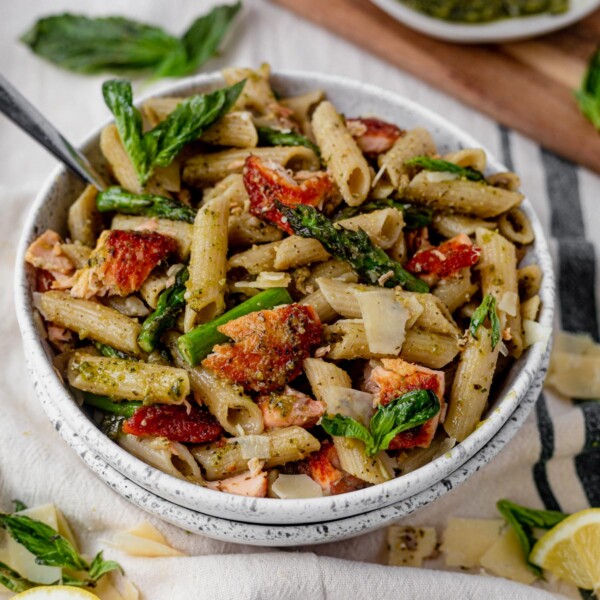
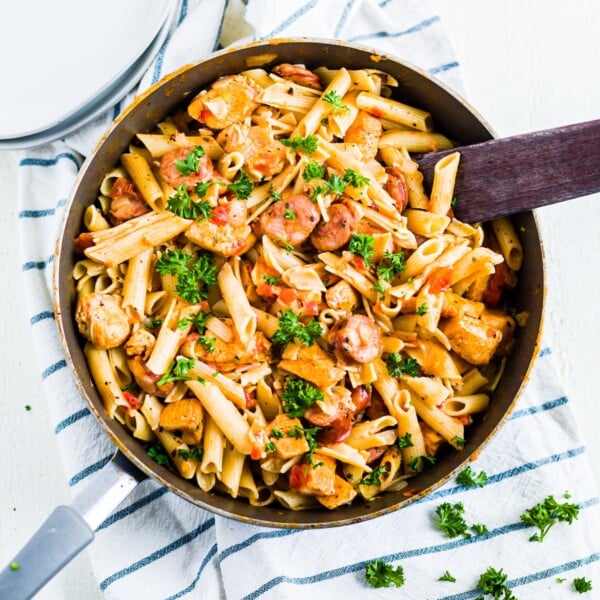
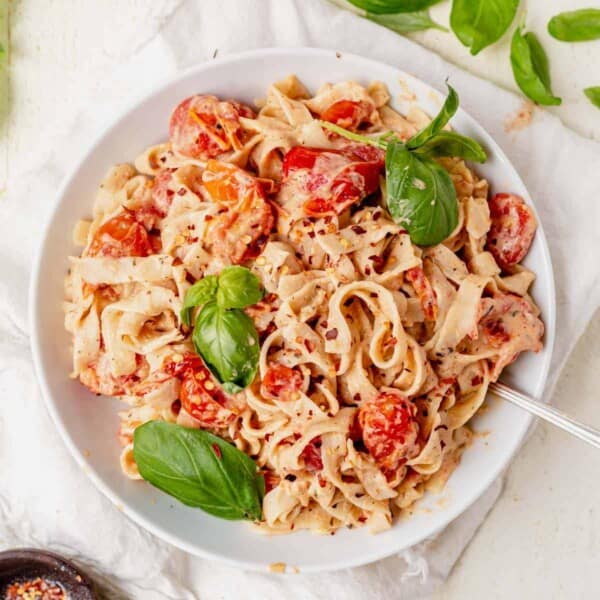
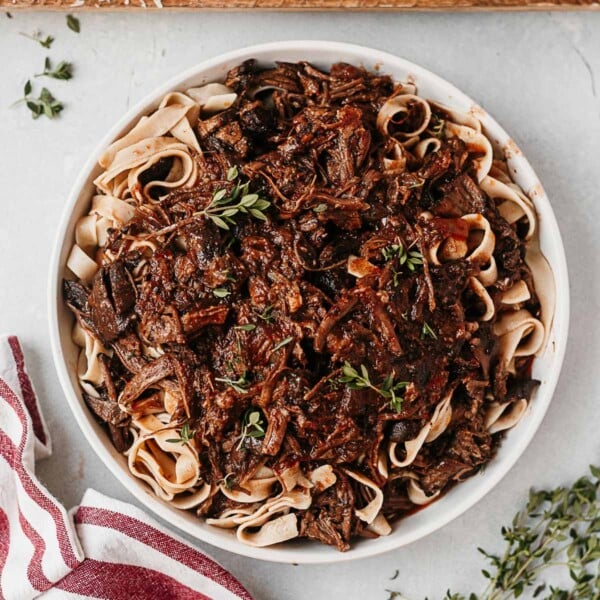
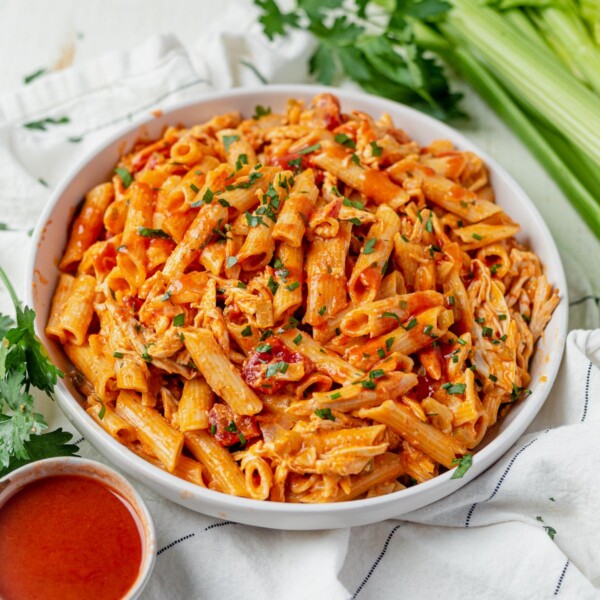









This meal was FABULOUS! I’m not a huge salmon fan, but in the creamy pesto sauce, this was so tasty! We felt like we ordered a 5 star meal in our home 🙂 Easy to make and will definitely make this again
Wow, thank you Alyssa!! So glad you loved it.
This recipe has become a regular in our house. So yummy and is so easy to make! Tastes great every time!
Thank you!
This is a favorite recipe in our house! Even my kiddos eat it. My only complaint is my salmon takes waaaay longer to cook than searing for 5 minutes and then an additional 1-2 mins after flipping. Even if I cut my filets into smaller sizes! I usually have to add an extra 10-15 mins after searing for 5
Wow